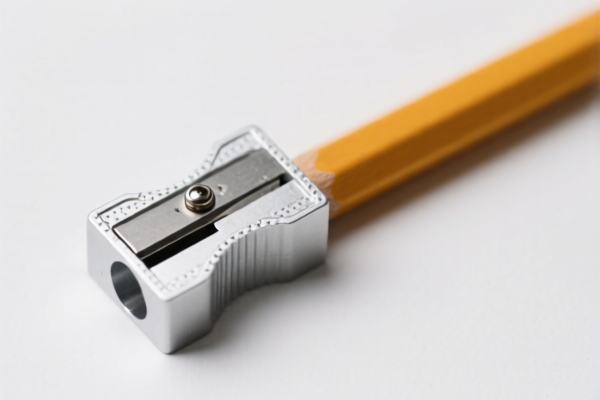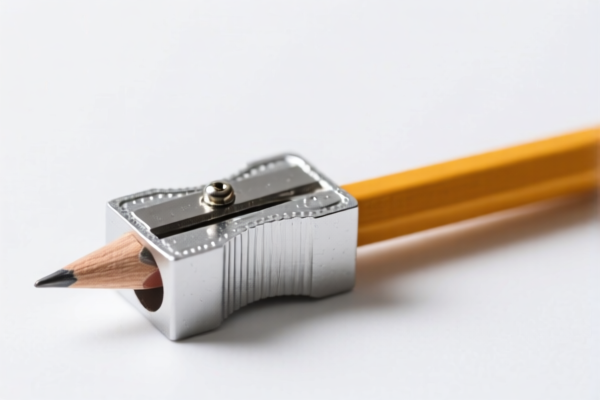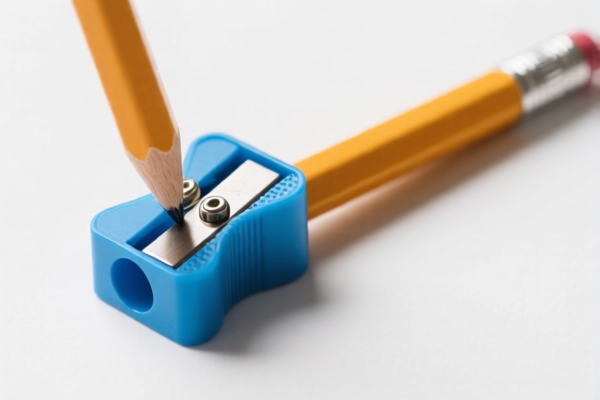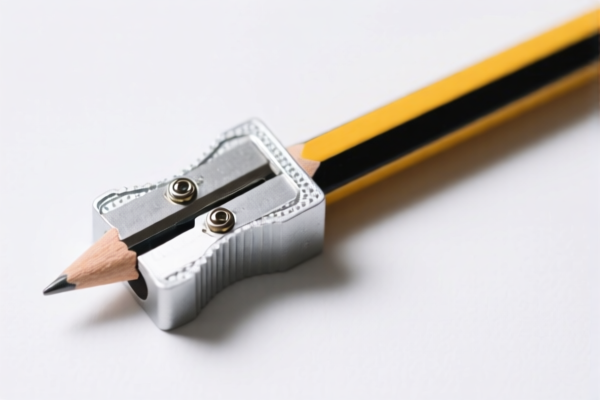| HS Code | Official Doc | Tariff Rate | Origin | Destination | Effective Date |
|---|---|---|---|---|---|
| 8211959000 | Doc | 3¢ each + 5.4%+55.0% | CN | US | 2025-05-12 |
| 8211945000 | Doc | 1¢ each + 5.4%+55.0% | CN | US | 2025-05-12 |
| 8208906000 | Doc | 55.0% | CN | US | 2025-05-12 |
| 8205511500 | Doc | 55.0% | CN | US | 2025-05-12 |
| 8205595560 | Doc | 60.3% | CN | US | 2025-05-12 |
| 8206000000 | Doc | The rate of duty applicable to that article in the set subject t+30.0% | CN | US | 2025-05-12 |
| 8301600000 | Doc | 40.3% | CN | US | 2025-05-12 |
| 8301406060 | Doc | 43.2% | CN | US | 2025-05-12 |
| 8308909000 | Doc | 57.7% | CN | US | 2025-05-12 |
| 8467891000 | Doc | 37.5% | CN | US | 2025-05-12 |




Manual Knife Sharpeners
Manual knife sharpeners are tools used to restore the cutting edge of blunt knives. They offer a portable and often more affordable alternative to electric sharpeners or professional sharpening services. The process relies on abrasive materials to remove steel from the blade, creating a new, sharper edge.
Materials
- Abrasive Stones: These are the core component, available in various materials:
- Aluminum Oxide: A common, durable, and relatively inexpensive option, suitable for general sharpening.
- Silicon Carbide: Sharper and faster-cutting than aluminum oxide, but wears down more quickly. Often used for harder steels.
- Diamond: The hardest abrasive, offering the fastest cutting and longest lifespan. Most expensive option.
- Ceramic: Produces a very fine, polished edge, ideal for finishing and maintaining sharpness.
- Housing/Frame: Typically made of plastic, metal (stainless steel is common), or wood, providing a stable platform for the abrasive stones and guiding the blade.
- Guides: Often ceramic or hard plastic, these maintain a consistent angle during sharpening.
- Handle: Provides a grip for controlling the sharpening process.
Purpose & Function
The primary purpose is to reshape and refine the knife blade's edge. A dull knife has microscopic imperfections and a rounded edge. Sharpeners work by:
- Removing Steel: Abrasive materials grind away small amounts of metal.
- Creating a Bevel: Establishing or restoring the correct angle (bevel) on the blade's edge.
- Refining the Edge: Progressively using finer abrasives to create a smoother, sharper cutting surface.
Usage Scenarios
- Home Kitchens: Maintaining the sharpness of everyday cooking knives.
- Outdoor Activities: Sharpening pocket knives, hunting knives, and other tools in the field.
- Professional Settings: Quick touch-ups for chefs or tradespeople who require consistently sharp blades.
- Woodworking/Crafts: Sharpening chisels, plane blades, and other cutting tools.
Common Types
- Pull-Through Sharpeners:
- Single-Stage: Uses a single abrasive surface for quick, basic sharpening. Often less precise.
- Two-Stage: Features coarse and fine abrasives for initial shaping and final refinement. More effective than single-stage.
- Three-Stage: Includes coarse, medium, and fine stages for comprehensive sharpening and polishing.
- Honing Steel (not a true sharpener): Straightens the blade's edge, but doesn't remove significant metal. Used for regular maintenance between sharpenings.
- Whetstone Holders: Provide a fixed angle guide for freehand sharpening with whetstones.
- Angle Guides: Clips or devices that attach to the knife blade to help maintain a consistent angle during freehand sharpening.
- Portable Sharpeners: Compact designs, often with pull-through mechanisms or small whetstones, for use in the field.
- Diamond Sharpeners: Utilize diamond abrasives, available in various forms (stones, rods, plates). Fast and effective but require careful use.
Manual knife sharpeners fall under several potential classifications depending on their specific composition and function. Here's a breakdown of relevant HS codes based on the provided information:
- 8205511500: This code covers handtools, specifically household tools of iron or steel, including carving and butcher steels with or without handles. Manual knife sharpeners, if constructed of iron or steel and intended for household use, may fall under this classification. The code is within Chapter 82 (Handtools), Heading 8205 (Handtools not elsewhere specified or included), and Subheading 8205.51 (Other handtools and parts thereof; Household tools, and parts thereof; Of iron or steel).
- 8205595560: This code also covers handtools not elsewhere specified or included, but for “Other” handtools of iron or steel, including parts. If the manual knife sharpener doesn’t specifically qualify as a household tool under 8205.51, it could be classified here. This code is within Chapter 82 (Handtools), Heading 8205 (Handtools not elsewhere specified or included), and Subheading 8205.59 (Other handtools and parts thereof; Other; Of iron or steel).
- 8211959000: This code covers knives with cutting blades, serrated or not (including pruning knives), other than knives of heading 8208, and blades and other base metal parts thereof; Other; Handles of base metal; Other. If the sharpener incorporates a knife blade as part of its design, and has a handle made of base metal, it may fall under this classification. This code is within Chapter 82 (Knives and cutting blades), Heading 8211 (Knives with cutting blades, serrated or not), and Subheading 8211.95 (Other; Handles of base metal; Other).
Tax Rate Details:
- 8205511500 & 8205595560: Both have a base duty of 0.0%, a surcharge of 25.0%, and a surcharge of 30.0% effective April 2, 2025. The total tax rate is 55.0%.
- 8211959000: Has a base duty of 3¢ each + 5.4%, a surcharge of 25.0%, and a surcharge of 30.0% effective April 2, 2025. The total tax rate is 3¢ each + 5.4% + 55.0%.
Important Note:
The correct classification depends on the specific materials and construction of the manual knife sharpener. If the sharpener includes a knife blade, 8211959000 may be applicable. If it is solely a tool for sharpening, 8205511500 or 8205595560 are more likely candidates.
Customer Reviews
No reviews yet.